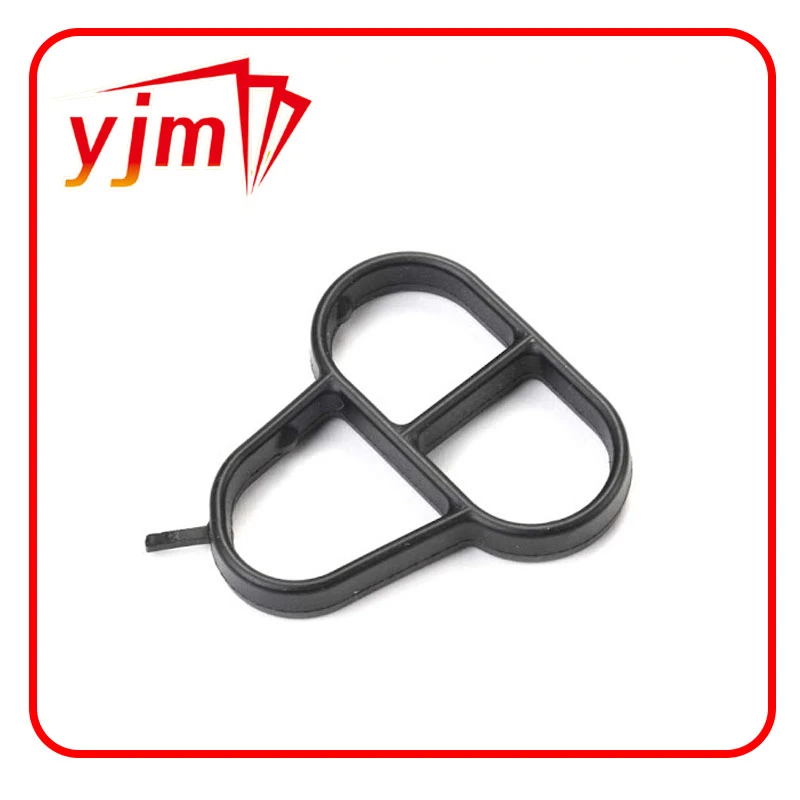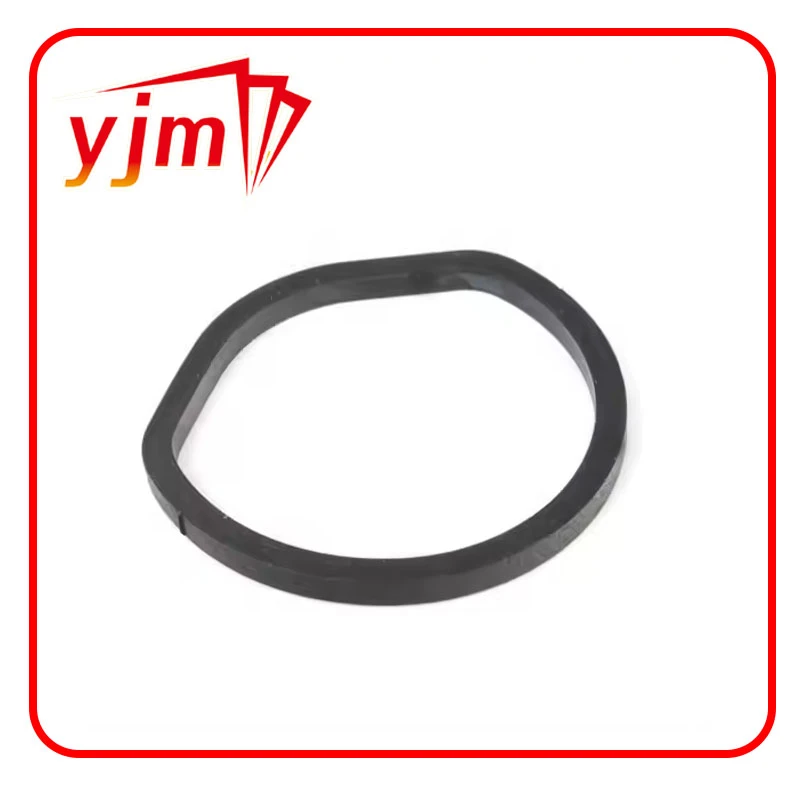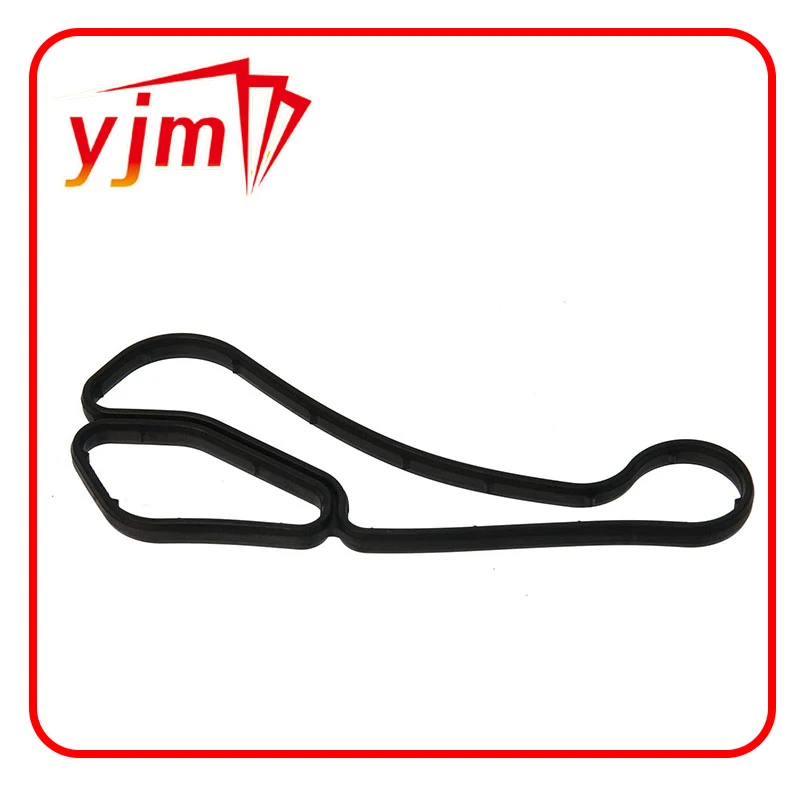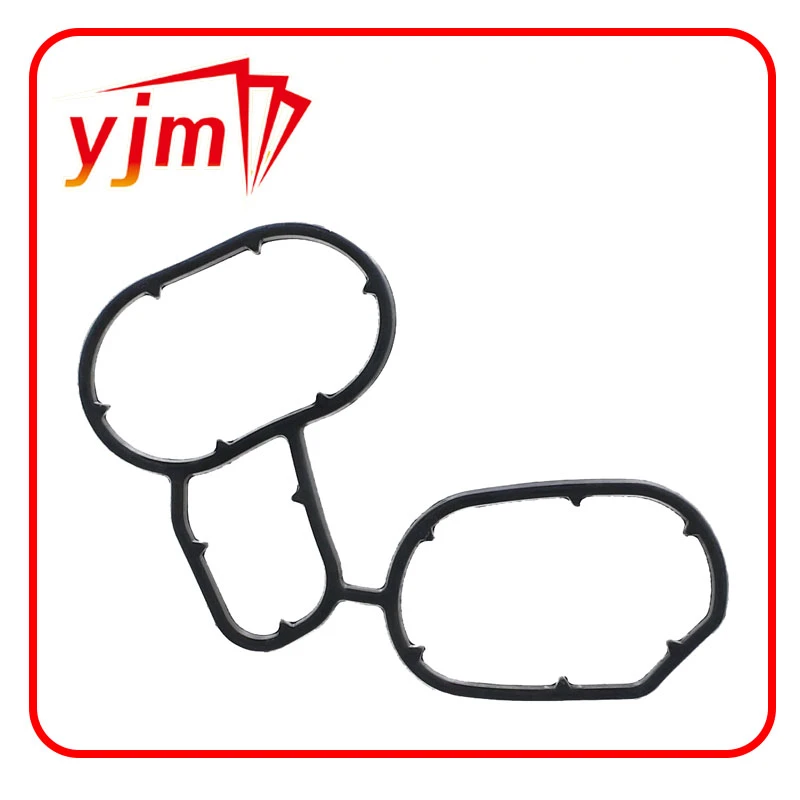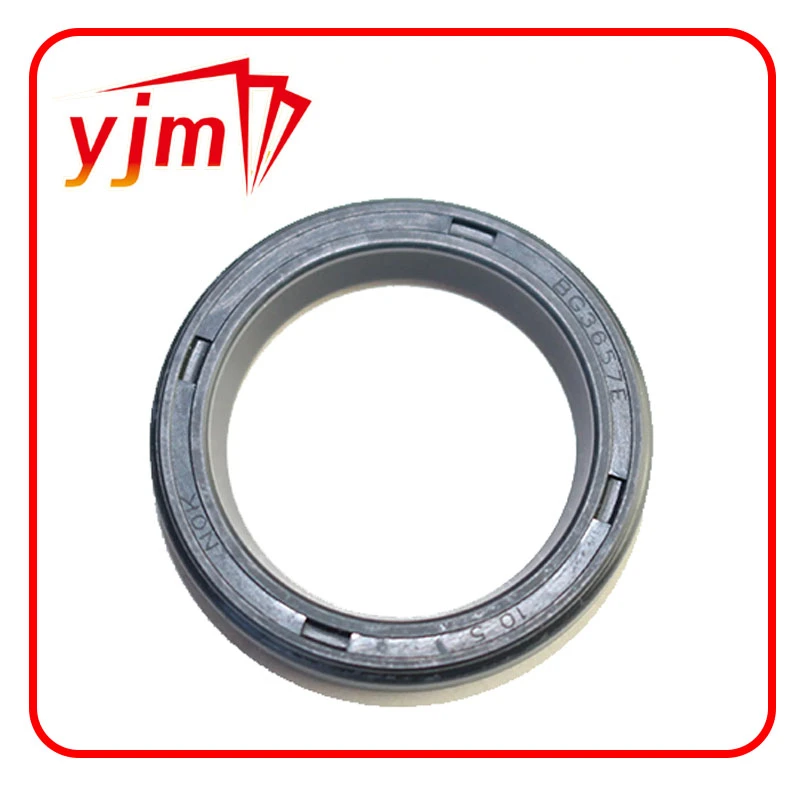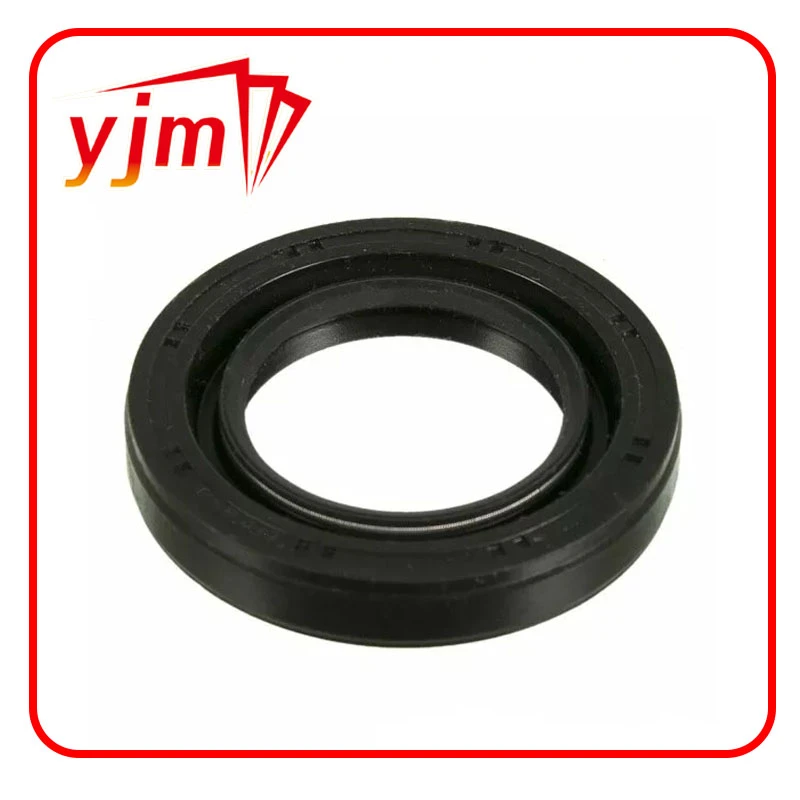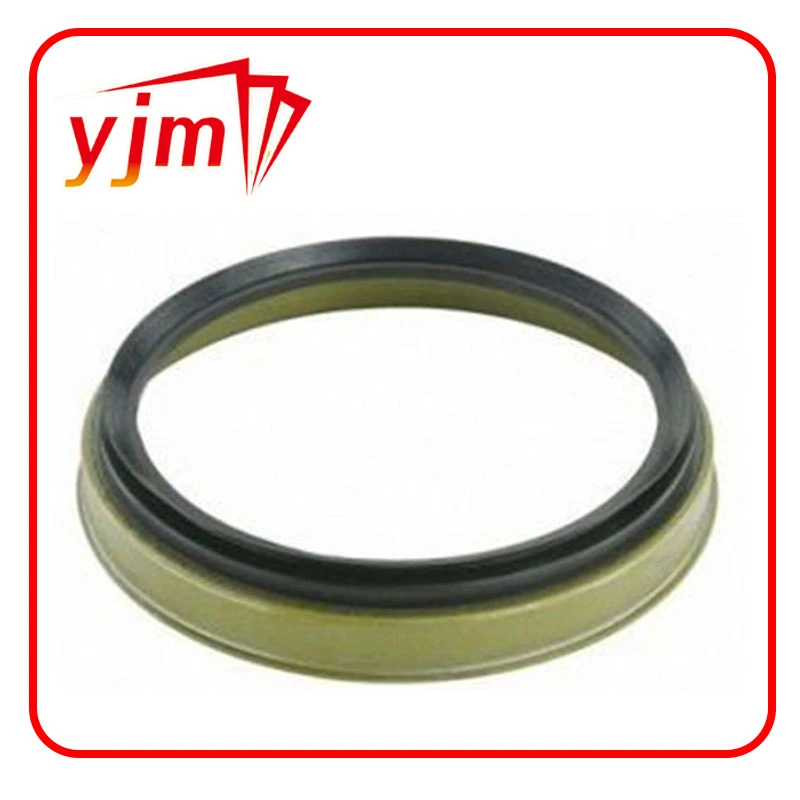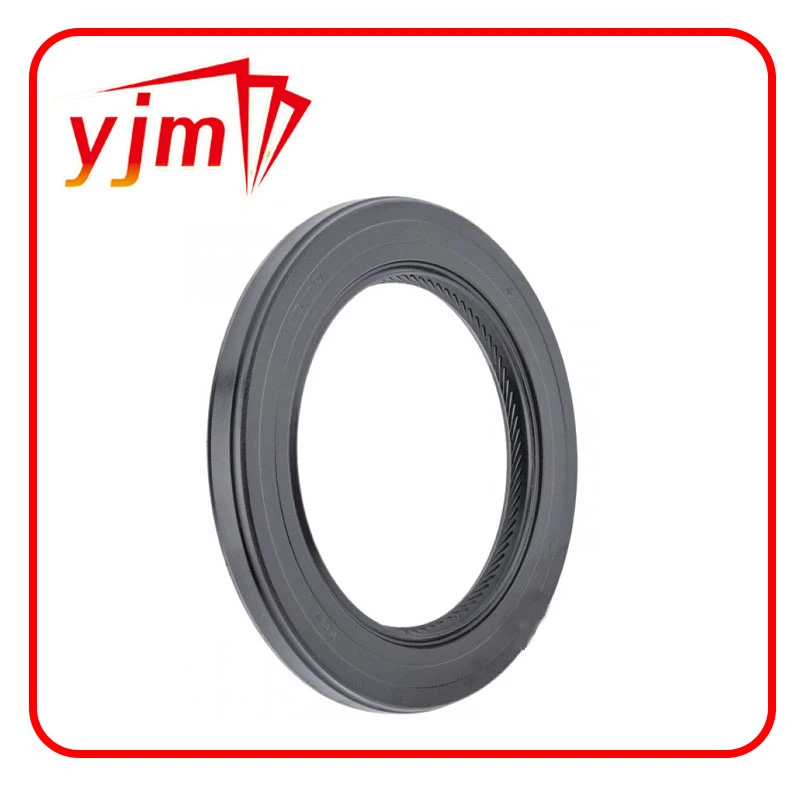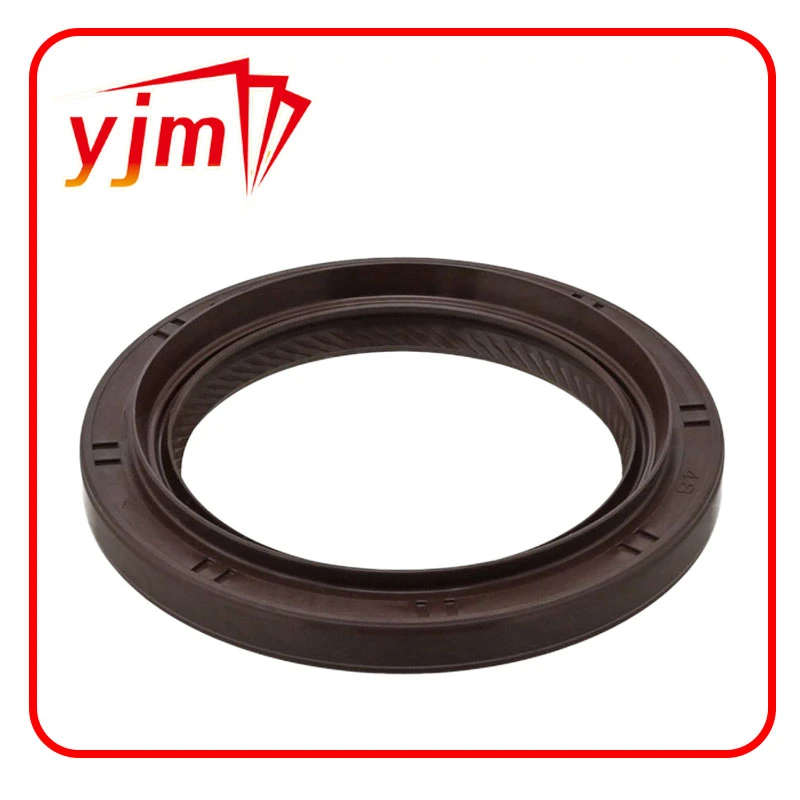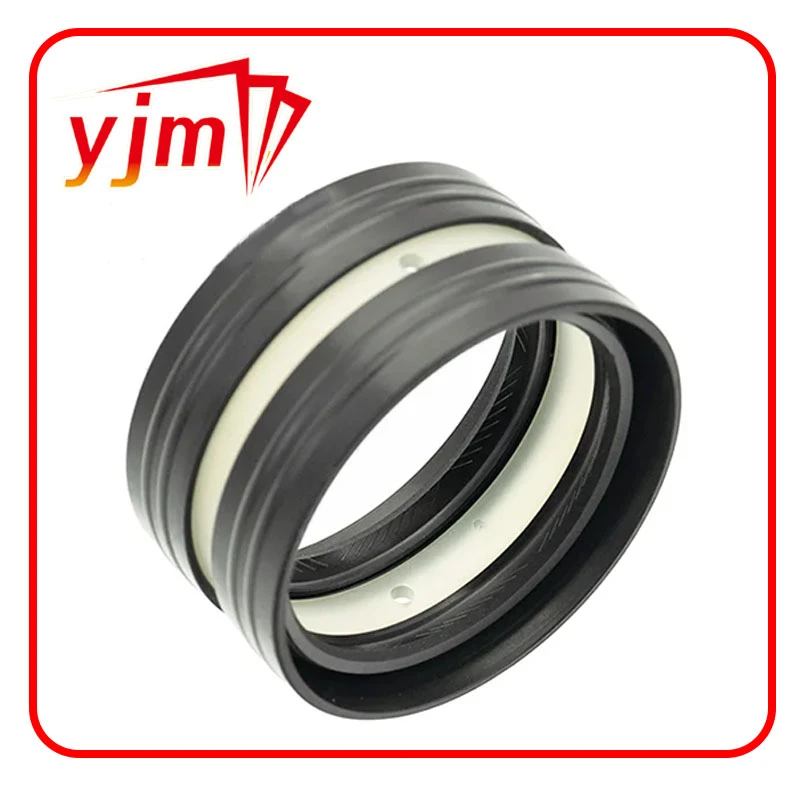Understanding Flat Gasket Types: A Guide to Flange, Fiberglass, and Metal Gaskets
Flat gaskets are essential sealing components used across industries—from plumbing and automotive to high-temperature insulation and heavy machinery. Whether you're dealing with a flat face flange gasket, a flat fiberglass gasket, or a flat metal gasket, knowing which type to choose is critical to ensuring leak-free, long-lasting performance.
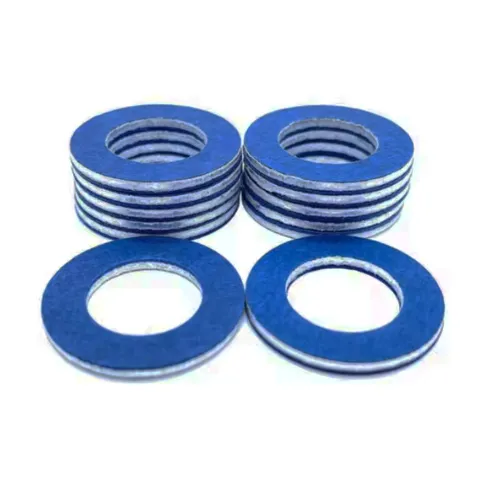
In this article, we’ll break down the most common flat gasket materials and configurations, including flat flange gaskets, flat gasket braided fiberglass rope, and when to use each type based on your application's temperature, pressure, and chemical exposure.
What Is a Flat Face Flange Gasket?
A flat face flange gasket is designed to seal the connection between two flat-surfaced flanges. These flanges have no raised face, making the contact surface smooth and fully flush. In such setups, the gasket must compress evenly across the entire face to prevent leaks in piping systems or machinery.
Key Features of Flat Face Flange Gaskets:
Designed for full-surface contact sealing
Common in low to medium-pressure piping systems
Typically used with cast iron, PVC, or fiberglass flanges
Materials Used:
Rubber (EPDM, NBR, neoprene) for water and gas applications
Compressed fiber for steam or chemical resistance
Metal-reinforced graphite for high-pressure, high-heat uses
Installation Tip: To ensure an even seal, always torque bolts in a crisscross pattern. Over-tightening one side can damage the flat face gasket or warp the flange.
High-Temperature Applications: Flat Fiberglass Gasket and Flat Gasket Braided Fiberglass Rope
When working with high-temperature or thermal insulation systems—such as furnaces, kilns, or exhaust systems—a flat fiberglass gasket or flat gasket braided fiberglass rope is your go-to choice. These gaskets are made from woven or pressed fiberglass strands, offering excellent resistance to extreme heat and chemical exposure.
Flat Fiberglass Gasket:
Typically made from compressed fiberglass sheets
Resistant to heat up to 1,000°F (537°C) or more
Used in boiler doors, ducting systems, and high-temp seals
Flat Gasket Braided Fiberglass Rope:
Flexible and conformable for uneven surfaces
Ideal for door seals in ovens, stoves, and industrial dryers
Braided construction improves durability and reusability
Advantages:
Non-corrosive and lightweight
Excellent chemical and flame resistance
Can be custom-cut or ordered in coils for large sealing jobs
Best Use Cases:
Insulation for thermal enclosures
Chimney seals and wood stove doors
Expansion joints in HVAC systems
Note: Always confirm temperature and pressure ratings before use, especially in critical applications like steam or gas lines.
Durable and Rigid: When to Use a Flat Metal Gasket
A flat metal gasket is typically used in high-pressure, high-temperature, or corrosive environments where soft gaskets (like rubber or fiber) would degrade quickly. These gaskets are cut from sheets of stainless steel, copper, aluminum, or other metals and may be coated or laminated with graphite for better sealing.
Key Features of Flat Metal Gaskets:
High mechanical strength
Withstands pressures exceeding 1,000 PSI
Excellent in environments with thermal cycling
Types of Flat Metal Gaskets:
Solid metal gaskets for high-rigidity sealing
Metal-clad gaskets (metal+soft filler) for better flexibility
Spiral-wound gaskets (though not always “flat”) for flange connections under extreme stress
Typical Applications:
Oil and gas pipelines
Chemical processing plants
Power generation equipment
Exhaust manifolds and engine sealing
Installation Tip: A flat flange gasket made of metal requires a perfectly aligned and flat flange surface. Any surface irregularity can result in a leak unless you’re using a gasket with a soft sealing layer.
Choosing the Right Flat Gasket for Your Application
Here’s a quick comparison chart to help you decide:
|
Gasket Type |
Best For |
Max Temp |
ئارتۇقچىلىقى |
|
Flat Face Flange Gasket |
Plumbing, HVAC, low-pressure pipe connections |
250°F to 600°F |
Easy to install, widely compatible |
|
Flat Fiberglass Gasket |
Thermal insulation, ovens, boilers |
Up to 1,000°F+ |
Excellent thermal and chemical resistance |
|
Flat Gasket Braided Fiberglass |
Stove doors, ducting, uneven flange sealing |
Up to 1,200°F |
Flexible and durable in high heat |
|
Flat Metal Gasket |
High-pressure, high-heat industrial systems |
1,200°F+ |
High strength, pressure-resistant |
|
Flat Flange Gasket |
General flange connections across industries |
Varies by material |
Available in many materials and sizes |
The right flat gasket can make the difference between a leak-free, reliable seal and a costly equipment failure. Whether you're installing a flat face flange gasket for low-pressure piping, using a flat gasket braided fiberglass rope for furnace insulation, or sealing a critical joint with a flat metal gasket, material and application alignment is key.
To recap:
Use flat fiberglass gaskets or braided rope in high-temp environments.
Choose flat metal gaskets for pressure and heat resilience.
Install flat flange gaskets correctly to prevent warping or leaks.
Always match the gasket type with the flange surface—especially in flat face connections.
Proper selection and installation of flat gaskets will not only extend equipment life but also ensure safety, efficiency, and compliance across your operations.
-
Seal 12x20x5: Precision Radial Shaft Seals for Industrial Reliability
خەۋەرلەر Nov.24,2025
-
Seal 12x18x5: Essential Guide to Specifications, Applications & Vendors
خەۋەرلەر Nov.24,2025
-
Understanding Seal 12 20 5: Applications, Specifications & Industry Insights
خەۋەرلەر Nov.23,2025
-
Durable Oil Seal 85x110x12 – Reliable Sealing Solutions for Industry
خەۋەرلەر Nov.23,2025
-
Durable and Precise Oil Seal 75x95x10 for Efficient Machinery | YJM Seal
خەۋەرلەر Nov.22,2025
-
Durable Oil Seal 75x100x10 for Reliable Industrial Performance | YJM Seal
خەۋەرلەر Nov.22,2025
-
High-Quality Oil Seal 65x90x10 | Durable & Reliable Sealing Solutions
خەۋەرلەر Nov.22,2025
مەھسۇلات تۈرلىرى

